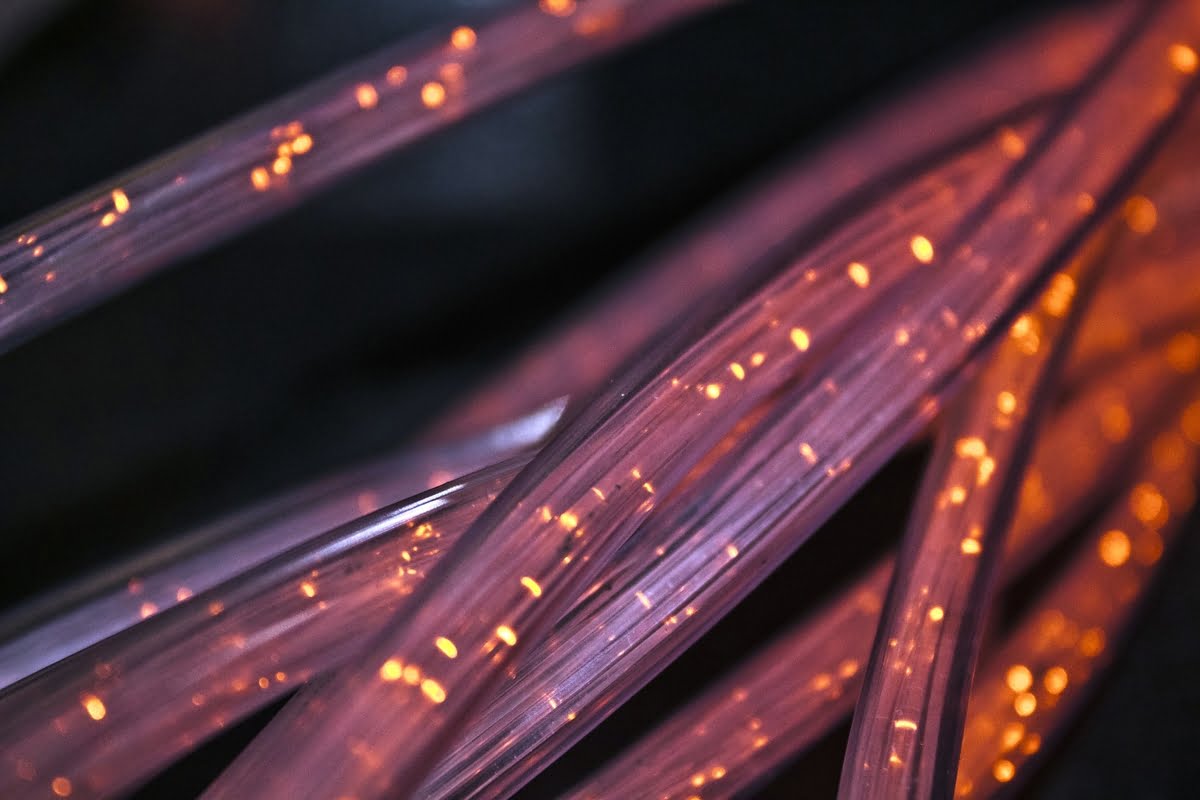
Reliance Jio, the largest wireless operator in India is a “very important player” in the Indian fiber internet market, says Antariksh Raut, telecom analyst at GlobalData. Raut said that GlobalData expects Jio to be a “key contributor in the future as well, along with other players” like Bharti Airtel, Atria Convergence Technologies (ACT) and Bharat Sanchar Nigam Limited. GlobalData, a data analytics company in late April, said in a report that the fixed broadband market in India will record 7.1% compound annual growth rate between 2020 to 2025. The data analytics company said that the efforts made by the Indian government to enhance fiber optic infrastructure across India will largely drive the fixed broadband market growth in the country.
Users will Have “Better Options” for Broadband with Increase in Fiber Penetration
The GlobalData report highlighted that the Indian government targets to install optical fiber connectivity across 600,000 villages “under its ambitious" ‘Digital India Mission’ program by 2023. The company said that the total fiber optic access lines recorded 113% year-on-year (YoY) growth in 2020 and that it will reach 10.19 million by 2025.
Crucially, Raut said that the company is “optimistic” about India’s fixed broadband services outlook and “estimates fiber optic lines to hold 23% market share of total access lines” in 2025. The telecom analyst at GlobalData also said that the fiber optic lines will be surpassing Digital Subscriber Line (DSL) subscriptions in 2025.
“For the end-users, growth in fiber optic lines in India will mean more and better options for broadband Internet access, which until now has been predominantly served through DSL,” Raut said in an email interview.
In August 2020, the Indian Prime Minister Narendra Modi in his Independence Day address said that only 60 panchayats across the country were connected with optical fiber cable (OFC) prior to 2014. However, Modi said that around 1.5 lakh gram panchayats across India have now received OFC connectivity in the last five years.
“Growth in fiber optic lines across the country will also help serve the current high demand for high-speed broadband services, both in urban and rural markets, amidst the COVID-19 prompted stay and work at home scenario,” Raut said. “Fiber connectivity will help improve user experience with browsing, online gaming, music/video streaming, video conferencing, LIVE online events, etc.”
Modi in his Independence Day address said that the Indian government will connect over 600,000 villages across India with an optical fibre network “within 1000 days.”
“Residential fiber lines penetration of households globally is around 30%, whereas in India it is around 1%. The major reasons that held back growth in fixed lines penetration in the country over the years are slow improvement of fixed infrastructure and low adoption rate due to high cost as compared to mobile,” Raut said.
The telecom analyst at GlobalData said that the vast geography of India and the high density of users are the “major challenges for fixed broadband connectivity.”
“Laying of strong sophisticated network infrastructure will surely help in improving the current speed of the broadband in India, but cannot say if it can catapult India to top of the charts in terms of Speedtest Indexes,” Raut said.
The Speedtest Global Index for mobile compares internet speed data across 134 countries while the Speedtest Global Index for fixed broadband covers 176 countries. According to the data released by Ookla, the company behind the Speedtest platform, the global average download and upload speed for fixed broadband hit 102.12 Mbps and 54 Mbps respectively in April. In comparison, India was placed 69th on the Speedtest Global Index for fixed broadband with the country recording average download and upload speed of 55.76 Mbps and 52.54 Mbps respectively. Ookla data highlights that India was placed 63rd on its Speedtest Global Index for fixed broadband in February, its highest ranking in the 12 month period.
DSL, Cable Set to Retain Strong User Base in India Till 2025
Raut told TelecomTalk that DSL and Cable will “still have a strong user base in India” despite the technologies set to witness an “declining trend over the forecast period due to fiber line expansion.”
It has to be noted that the wired broadband service providers in India are now looking to deploy fibre lines across the country and upgrade existing DSL lines completely to fibre. Bharti Airtel, the second largest wired broadband service provider in India in the 2021 third quarter earnings call said it is in the “process of rapidly upgrading” its “legacy copper assets completely to fiber.”
“I believe that in a year or so, we will shut down our copper infrastructure and have only fiber-to-the-home,” Gopal Vittal, managing director of Bharti Airtel, said in the 2021 third quarter earnings call. “This is a game-changing move that will dramatically raise our experience and lower our cost.”
However, Raut said “it will be too early to comment” on whether DSL and cable will ever be completely phased out in India.
“It will take joint effort by the government and telcos to strengthen the fiber optic infrastructure in the country,” Raut said. “Favourable government policies and support has always motivated the telcos to achieve the vision which GlobalData wanted to highlight.”
Crucially, Raut highlighted that GlobalData expects the prices for an “average fiber connection to go down to certain extent” with the growth in adoption and household penetration of fiber connection.















